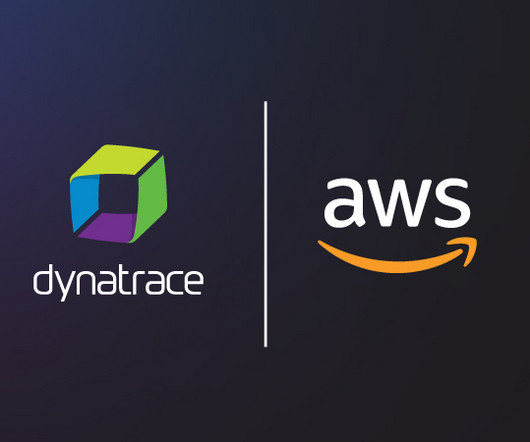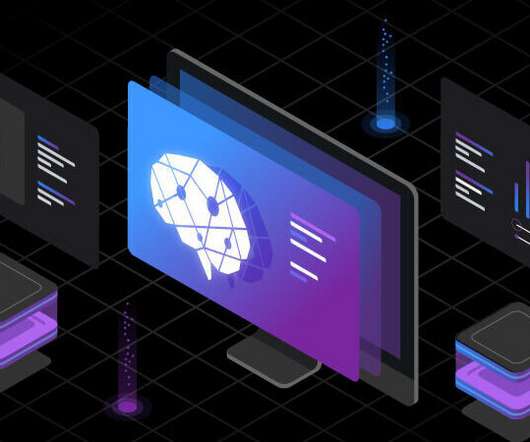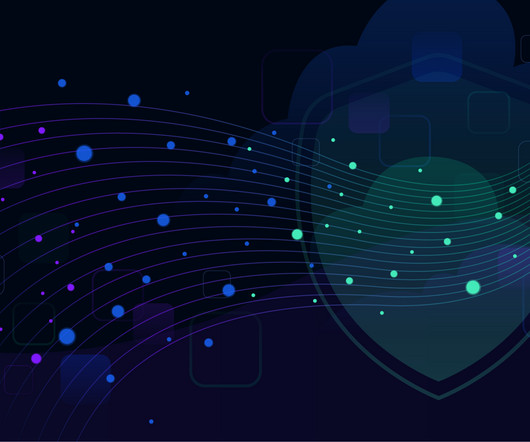AWS re:Invent 2023 guide: Generative AI takes a front seat
Dynatrace
NOVEMBER 20, 2023
However, with a generative AI solution and strategy underpinning your AWS cloud, not only can organizations automate daily operations based on high-fidelity insights pulled into context from a multitude of cloud data sources, but they can also leverage proactive recommendations to further accelerate their AWS usage and adoption.












Let's personalize your content